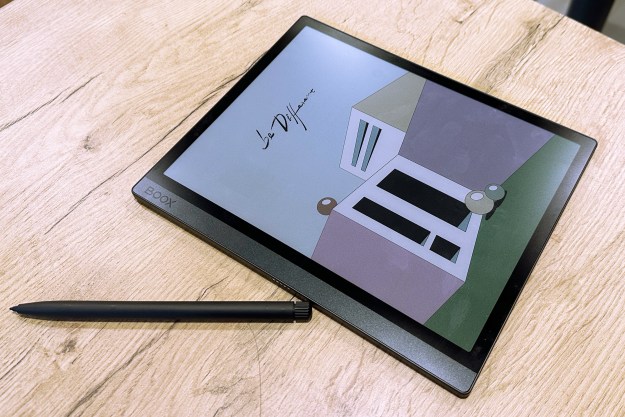
The concept behind Civic is to prevent identity theft by using two-factor authentication between customers and financial institutions. In other words, your bank can be sure it’s you using your identity and you will know for sure you’re communicating with your bank. Civic is for the U.S. market and works by screening any use of Social Security numbers.
Related: Identity thieves used thousands of stolen SSNs to generate IRS e-filing pins
The advantage of blockchain is all transactions are accounted for. Lingham, a board member of the Bitcoin Foundation, says: “What blockchain does really well is ensures you can’t have two copies of the same thing.” With Civic, blockchain technology means no one can use your Social Security number to set up a separate identity.
The way it works is when someone opens a new credit card using your Social Security number, for example, a Civic partner will send you an authorization alert. If you don’t authorize the transaction, the bank will immediately deny the opening of the new card, stopping fraud before it happens, rather than having to chase it after the fact.
Banks and other financial institutions will pay small fees to be part of the two-way authentication. In many cases of fraud, banks currently end up eating loss charges, so the incentive for another layer of protection is significant.
Right now, there are only a few Civic partners, including background check companies GoodHire and Onfido. Civic’s value to users will increase as it adds partners, and Lingham says more partnerships are in the works.
Civic is still in beta, but the concept is intriguing and could help many of us rest easier about having our identities stolen.
Updated on 7-21-16 by Bruce Brown: Corrected details on how the system works based on input from Civic.



